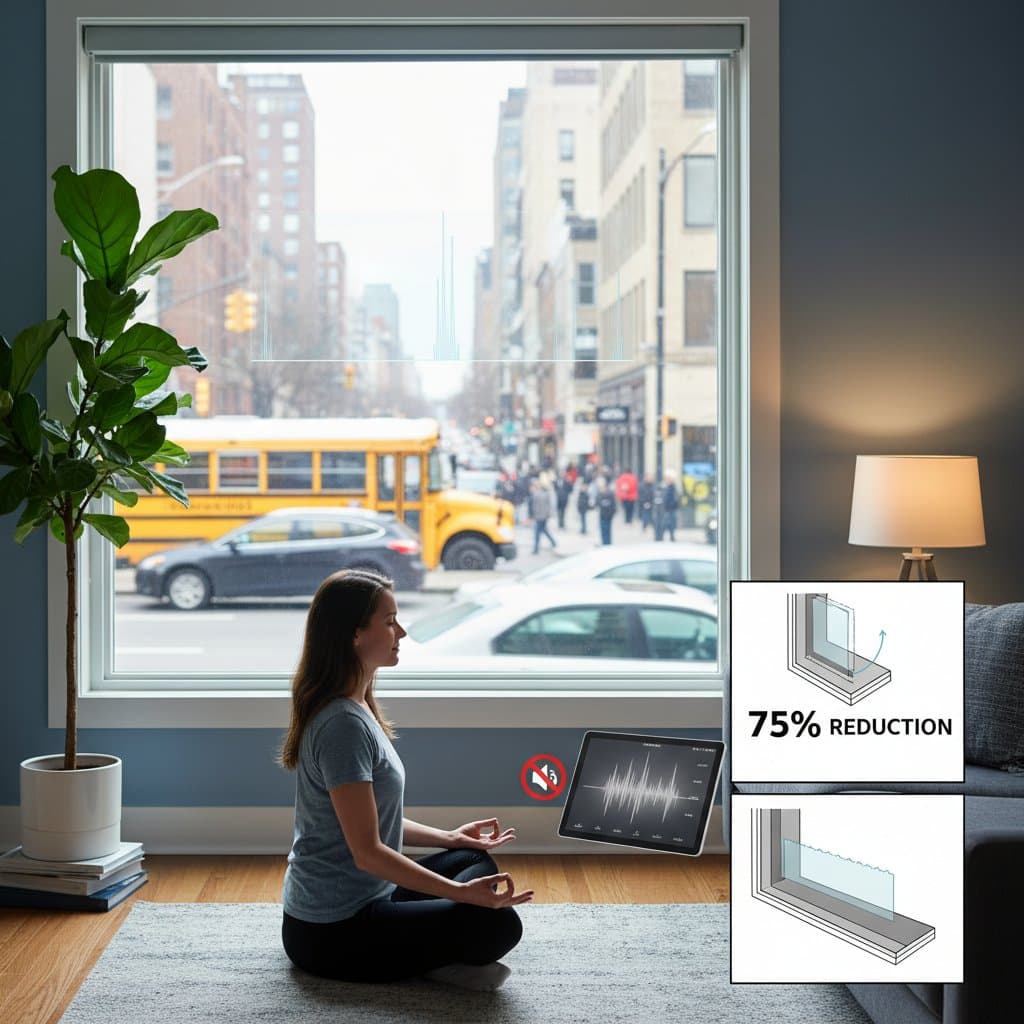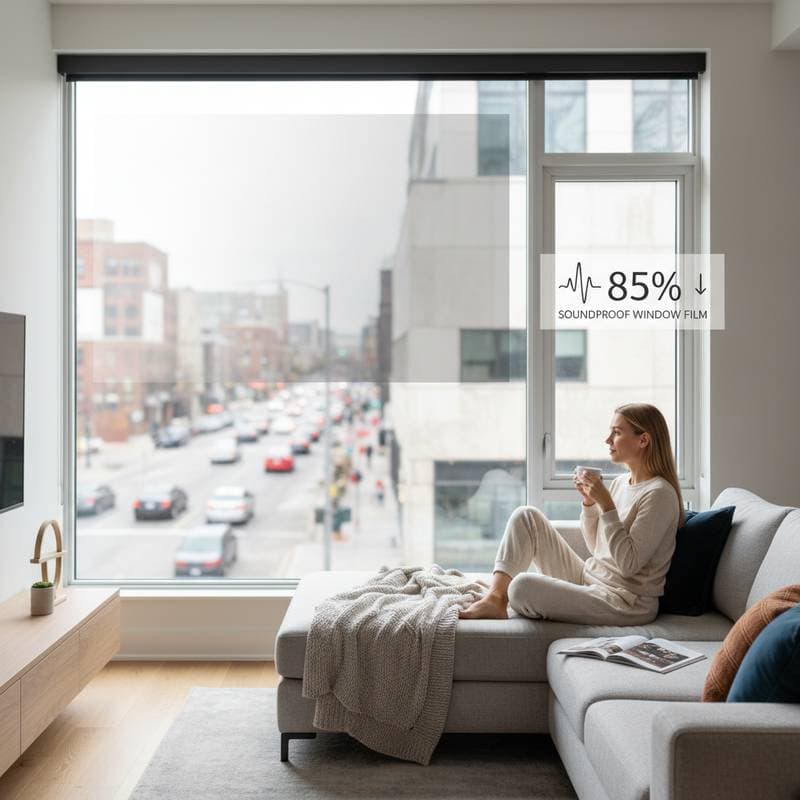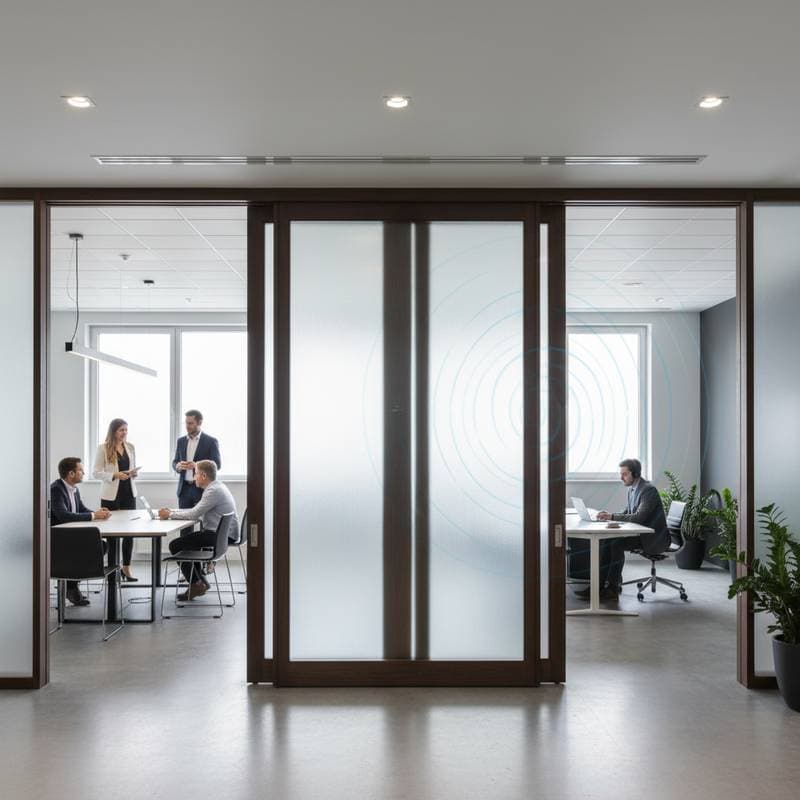Soundproof Doors: Their Decline in Modern Cities
Soundproof doors once represented privacy and serenity amid the bustle of urban settings. These features allowed residents to escape the persistent drone of traffic and ambient neighborhood sounds that characterize city existence. In recent years, however, such doors have grown scarce in new constructions and renovations. This reduction stems from evolving design priorities, updated building methods, and altered perceptions of sound in communal areas.
This development prompts key considerations for homeowners and architects who prioritize quiet interiors. Grasping the reasons behind the disappearance of soundproof doors illuminates remaining options and supports informed choices for acoustic well-being in city dwellings.
Transformations in Urban Living
Urban habitation has long involved adjustment to auditory elements. Noise permeates apartment hallways and open-plan condominiums alike. Contemporary urban architecture has evolved significantly, however. Developers now focus on expansive layouts, reduced-weight materials, and superior energy performance. Such selections often diminish the inherent mass that previously aided natural sound blocking.
Modern structures depend more on unified heating, ventilation, and air conditioning systems, along with communal airflow pathways. These elements challenge the sealed builds necessary for effective soundproofing. Numerous current initiatives stress visual expansiveness through glass elements, slender frameworks, and gliding dividers. While these enhance spatial perception, they compromise sound isolation. As constructions adopt slimmer profiles and partitions, conventional soundproof doors integrate less seamlessly into typical configurations.
Functions of Soundproof Doors
A soundproof door functions to minimize auditory transfer between interior areas or from external origins. Engineers construct these doors with substantial cores of solid timber, blended substances, or stratified sound-dampening fillers. Perimeter gaskets prevent airflow leaks that permit sound penetration. Certain variants incorporate self-closing threshold seals that activate upon closure.
Effectiveness relies on the Sound Transmission Class rating, abbreviated as STC. Elevated STC values indicate superior noise attenuation. Standard interior doors typically score in the low 20s, whereas dedicated soundproof models achieve 40s or beyond. This disparity yields enhanced seclusion and ease in loud surroundings.
Reasons Developers Abandon Soundproof Doors
Multiple pragmatic elements account for the reduced presence of these doors in urban edifices.
-
Financial constraints: Production, shipping, and fitting of soundproof doors incur higher expenses. In budget-limited projects, developers eliminate such auditory enhancements early, as they offer no visible appeal.
-
Mass and integration challenges: Substantial doors demand fortified surrounds and custom fittings. Contemporary partition systems frequently lack the capacity to accommodate them without modifications.
-
Aesthetic inclinations: Sleek environments prefer slim, void-core or transparent doors that align with prevailing styles. Dense, robust-core versions seem cumbersome in these contexts.
-
Regulatory demands on airflow and efficiency: Certain codes prioritize ventilation and thermal regulation. Sealed door assemblies may hinder compliance with these standards.
-
Shift to alternative noise management: Constructors increasingly employ partition fillers, overhead absorbers, and flooring buffers for sound control, lessening reliance on specialized doors.
Soundproof Doors Versus Alternative Noise Controls
| Option | Initial Cost | Lifespan | Maintenance | Best For |
|---|---|---|---|---|
| Soundproof Door | Moderate to high | Long | Periodic gasket inspections | Bedrooms, offices, studios |
| Acoustic Wall Panels | Moderate | Medium | Simple surface wiping | Communal rooms |
| Double-Glazed Windows | High | Long | Infrequent frame care | External sound barriers |
| Sound Curtains | Low | Short | Frequent laundering | Interim or leased areas |
Doors provide the most straightforward inter-room sound barrier, yet complementary materials yield comparable outcomes through deliberate application. Integrated strategies incorporating treated walls, rugs, and glazed barriers appeal to current residents.
Lifestyle Influences on the Transition
Societal behaviors shape architecture as profoundly as technical aspects. In urban residences, individuals increasingly view ambient sound as an inherent aspect of routine. Expansive designs foster interpersonal engagement and sightlines across areas. Occupants favor adaptable dividers that permit reconfiguration or openness over fixed isolators that segment spaces.
Remote work arrangements have reshaped priorities. Rather than committing to weighty sound barriers, many establish serene pockets via movable dividers, floor coverings, and absorptive surfaces. This adaptable method suits compact units and dynamic routines.
Assessing the Need for a Soundproof Door
Certain environments still warrant soundproof doors. Professional workspaces, creative rooms, and sleeping quarters adjacent to thoroughfares gain from added protection. Homeowners should weigh these aspects prior to commitment.
-
Auditory intensity: Quantify sound passage via current barriers using mobile applications or basic sound-level devices for precise assessment.
-
Area function: Enclaves demanding concentration or confidentiality, like libraries or infant rooms, merit the expenditure over relaxed zones.
-
Structure category: Vintage edifices with sturdy partitions require minimal intervention compared to airy recent builds.
-
Financial and visual fit: Evaluate if the robust profile and mass align with intended decor.
-
Future adaptations: Anticipate potential reconfigurations involving fluid plans or unified ventilation, where a dense door might prove obstructive.
Key Aspects of Installation and Durability
Optimal performance from soundproof doors demands precise fitting. Minor voids can erode efficacy. Installation encompasses these essential phases.
-
Initial assessment: Verify structural support for the door's load and ensure alignment of supports and closures.
-
Site readiness: Align the base framework and confirm level flooring. Apply sound-dampening compounds along edges.
-
Core assembly: Secure the door with precision and verify fluid operation. Fine-tune pivots for complete sealing.
-
Verification: Examine gaskets and detect drafts using illumination or vapor tracers. Swap deteriorated components promptly.
-
Ongoing oversight: Reexamine after initial settling periods. Apply lubricants to pivots to avoid vibrational noise.
Expert fitting surpasses self-assembly, particularly for demanding configurations.
Selecting Optimal Solutions
Full soundproof doors may seem unnecessary in some cases. Intermediate choices include robust timber doors enhanced with superior gaskets for notable reduction at reduced expense. Blended items featuring embedded dampeners balance heft and capability. Producers offer adaptable surrounds that facilitate later enhancements should auditory issues intensify.
Strategies for Sustaining Quiet Urban Havens
As urban noise persists, proactive measures ensure personal sanctuaries. Evaluate current setups to identify vulnerabilities, then integrate layered protections tailored to daily needs. These steps preserve comfort without compromising modern aesthetics, allowing city dwellers to thrive amid the din.






